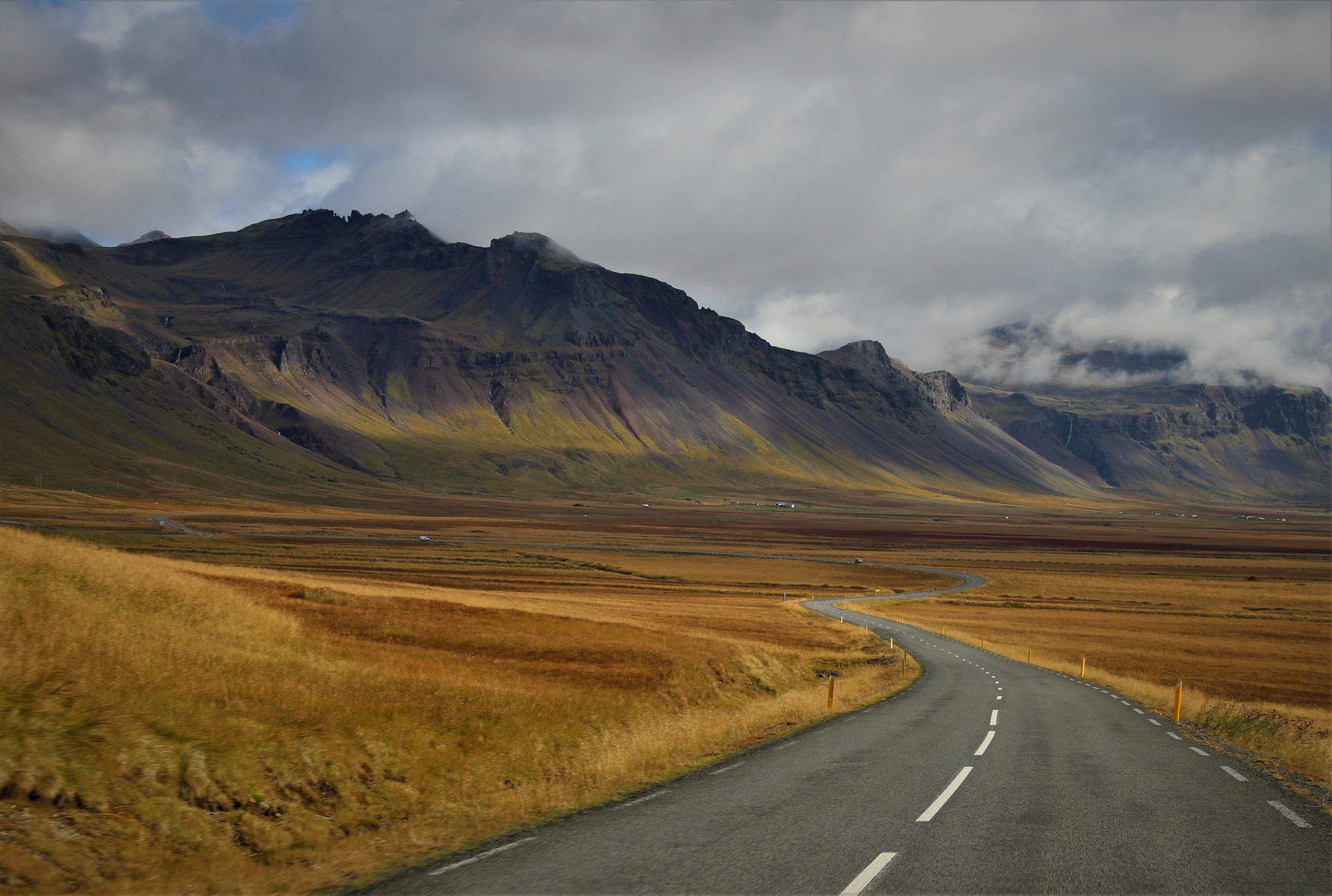Unraveling the Mysteries of Dark Tourism: A Deeper Look into the Fascination with the Macabre
Have you ever been intrigued by the idea of visiting places associated with death and suffering? If your answer is yes, you are not alone. An increasing number of travelers are drawn towards dark tourism, an emerging trend that involves visiting historical sites associated with tragedy, war, disaster, and death. This article throws light on the rise of dark tourism, its pros and cons, and its impact on the travel industry.

The Emergence of Dark Tourism
Dark tourism, sometimes referred to as grief tourism, has been around for centuries, but it has recently gained much attention. Visiting war memorials, genocide sites, and disaster-stricken areas have always been part of human curiosity. However, with more accessible transportation, the rise of the internet, and increasing global awareness, dark tourism has become a more identifiable and prevalent phenomenon.
The Rise and Appeal of Dark Tourism
The current interest in dark tourism can be linked to a growing fascination with the macabre in popular culture. Television series, films, and books exploring dark themes have sparked curiosity about the history and narratives behind infamous sites.
While it may seem morbid, dark tourism can also provide a way for travelers to understand and process disturbing aspects of human history. Visiting these sites can provoke reflection on personal mortality and the fragility of human life.
The Impact of Dark Tourism on Travel Culture
Dark tourism has significantly influenced travel culture. It has altered the perception of what constitutes a ‘holiday,’ adding a new layer of depth to traditional sightseeing.
However, it also poses ethical questions. Critics argue that it can risk disrespecting the memory of those who suffered or died at these sites. There’s a fine line between educational interest and voyeuristic entertainment, and it’s a challenge for both travelers and tour operators to navigate this sensitively.
Implications for the Travel and Transportation Industry
The rise of dark tourism has created new opportunities for the travel industry. Travel agencies are offering specialized tours, and destinations are capitalizing on their dark histories to attract tourists. However, it also necessitates responsible tourism practices to preserve the integrity and dignity of these places.
The Pros and Cons of Dark Tourism
Dark tourism has its benefits and drawbacks. On the positive side, it raises awareness of historical events and promotes education. It also contributes economically to the areas visited.
On the downside, it can lead to the commercialization of tragedy and disrespect towards suffering. It’s crucial that tourists approach these sites with the right mindset and respect.
Additional Insights on Dark Tourism
-
The term ‘dark tourism’ was coined in the 1990s by professors John Lennon and Malcolm Foley of Glasgow Caledonian University.
-
Popular dark tourism destinations include Auschwitz in Poland, the Chernobyl Exclusion Zone in Ukraine, and the 9/11 Memorial in New York.
-
There’s a sub-category called ‘darker tourism,’ which involves visiting sites of recent tragedies, such as Fukushima in Japan.
In conclusion, dark tourism represents a complex intersection of curiosity, education, and respect for tragic historical events. As this trend continues to grow, it’s important for travelers to approach these sites with a sense of reverence and understanding of their historical significance. This darker side of tourism, if navigated responsibly, can offer profound insights into the human experience and our shared history.




